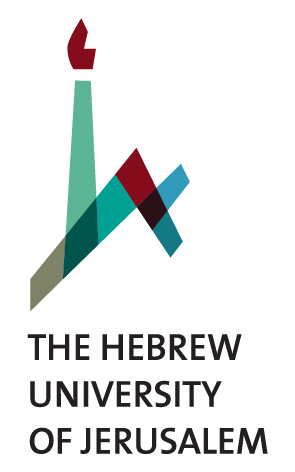ERC-TransCause



Current Project
ERC
TransCause

About
TransCause project integrates a wide variety of fields of research such as geology, geomorphology, paleoenvironmental reconstruction, biological evolution as well as in depth study of the hominin behavioral repertoire form multiple points of view and temporal resolutions. This range of topics will be harnessed to study past hominin adaptations to their particular physical and social environments and how these circumstances shaped the trajectories of cultural evolution. This project has received funding from the European Research Council (ERC) under the European Union’s Horizon 2020 research and innovation programme (TransCause, Grant agreement No. 948015).
The Team
Work
WP1 focuses on targeted surveys and excavations at three main sub-regions within Armenia, that were selected according to variations in altitude. These regions will be studied to build an intra-regional comparative database. The three areas are complementing segments in the expected elevation mobility patterns. Various depositional environments and occupational records of both cave and open-air sites will be studied in order to test the expectations for hominin settlement dynamics within Armenia.
WP2 will generate biotic and geological paleo-environmental proxies derived from the excavations at Palaeolithic and paleontological sites across the different segments of the topography and orography of Armenia. A rich corpus of environmental proxies will be collected and analysed by the project collaborators, taking advantage of the diverse depositional environments within the study area. This database will yield a nuanced picture of sub-regional environmental conditions.
WP3 will focus on the current biodiversity of microfauna and herpetofauna in Armenia as a key to study population dynamics of rodents. With the aid of rodent’s ancient DNA (aDNA) will provide a novel proxy that informs on historical faunal population structure, including turnover events, ebb and flow, refugia and possibly endemism. This dataset will examine population dynamics of past micromammals against the backdrop of the paleoenvironmental oscillations.
WP 4 aims to address human population resilience via high resolution ecological niche modelling using downscaled temporal climate maps. These model downscaled climate outputs will be used to calculate minima, maxima and average values for temperature and precipitation on monthly, seasonal and annual scales, as well as seasonal variation in temperature and precipitation and inter-annual climate variability. Those variables in turn can be evaluated as parameters influencing the strategies chosen by hunter-gatherers to mitigate environmental oscillations. The models will form the basis for testing for the effects of climatic and ecological oscillations upon the different ecological sub-regions tested in the project. Local paleo-environmental proxies resulting from WP 2 as well as the reconstructed population dynamics of micro-fauna as retrieved from the aDNA in WP 3 will be used to test and refine the habitability maps of WP 4.



























